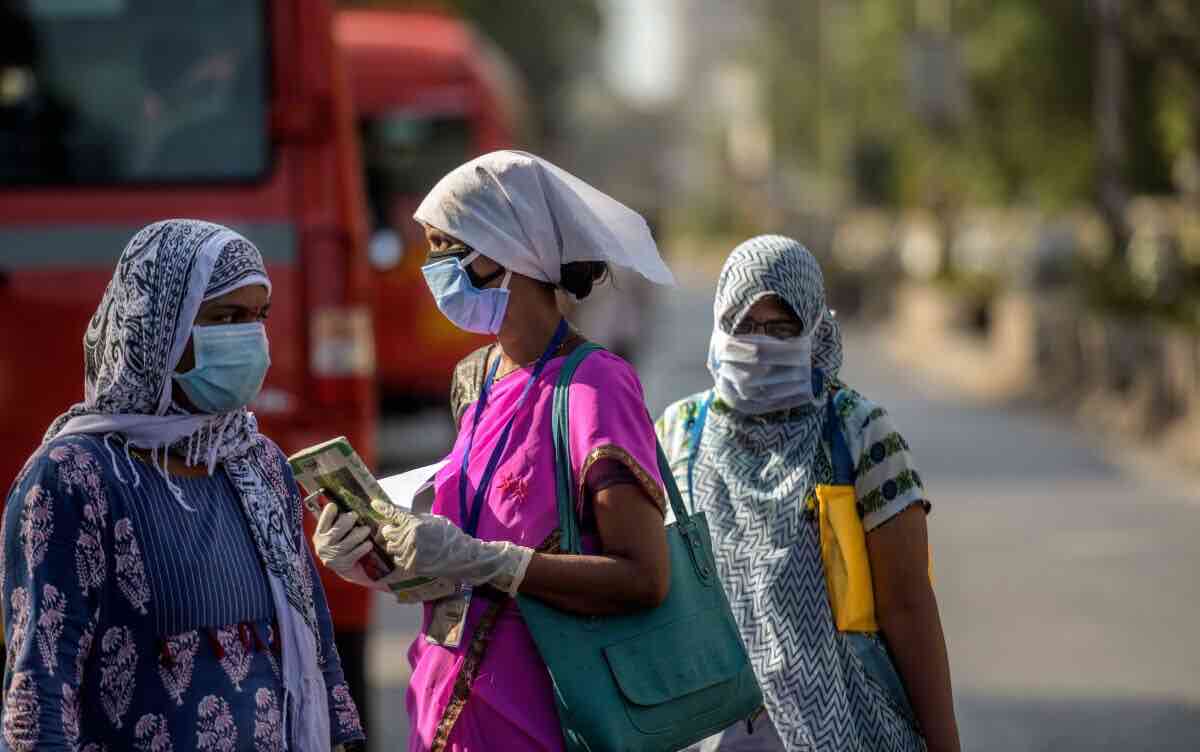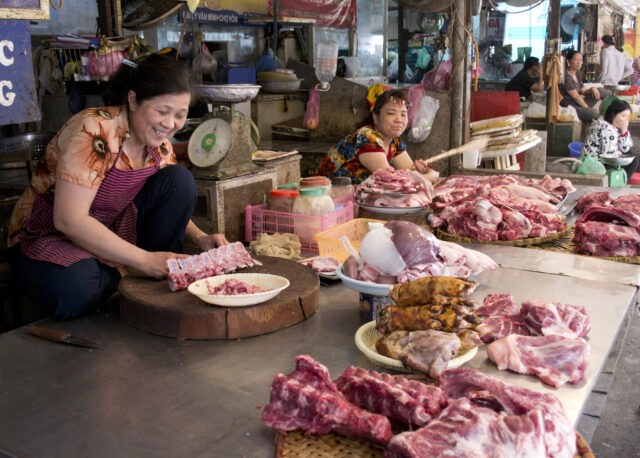Why gender matters in COVID-19 responses – now and in the future
- From
-
Published on
22.04.20
- Impact Area

Controlling the COVID-19 pandemic in low- and middle-income countries will require applying basic health, hygiene, and physical distancing measures well. Daily implementation of these will largely depend on women, but they face many obstacles men do not. Neha Kumar, Agnes Quisumbing, Ruth Meinzen-Dick, and Claudia Ringler provide lessons and evidence on how women can be empowered to play these roles within the gender dynamic contexts they face—and in ensuring the crisis does not roll back recent gains.—John McDermott, series co-editor and Director, CGIAR Research Program on Agriculture for Nutrition and Health (A4NH).
To contain the spread of COVID-19, health ministries and the World Health Organization (WHO) are advising everyone to keep up to date on latest developments, wash hands frequently, stay at home, and practice physical distancing when outside the home.1 These recommendations are inconveniences for most people in the United States or Europe, but for many in developing countries, even these basic precautions will be difficult to implement.
Here are some of ways these health recommendations affect women and men differently in developing countries, particularly in rural areas—and some ideas for how to address the disparities.
This blog post is part of a special series of analyses on the impacts of the COVID-19 pandemic on national and global food and nutrition security, poverty, and development. The blog series is edited by IFPRI director general Johan Swinnen and A4NH director John McDermott. See the full series here.
Photo credit: Atul Loke/Panos Pictures
Related news
-

CGIAR scientist takes leadership role in global antimicrobial resistance response
International Livestock Research Institute (ILRI)19.06.25-
Health
The World Organisation for Animal Health (WOAH) has appointed Arshnee Moodley, lead of the CGIAR…
Read more -
-

Ensuring water security in Africa requires gender-transformative change at scale
Gender Equality and Inclusion Accelerator13.06.25-
Gender equality
-
Gender equality, youth & social inclusion
Water insecurity impacts agrifood systems across Africa— impacted by climate change, coloni…
Read more -
-

Vietnam marks World Food Safety Day 2025
International Livestock Research Institute (ILRI)09.06.25-
Health
The Vietnam National Institute of Animal Science, with technical support from the Food and Agricultu…
Read more -
